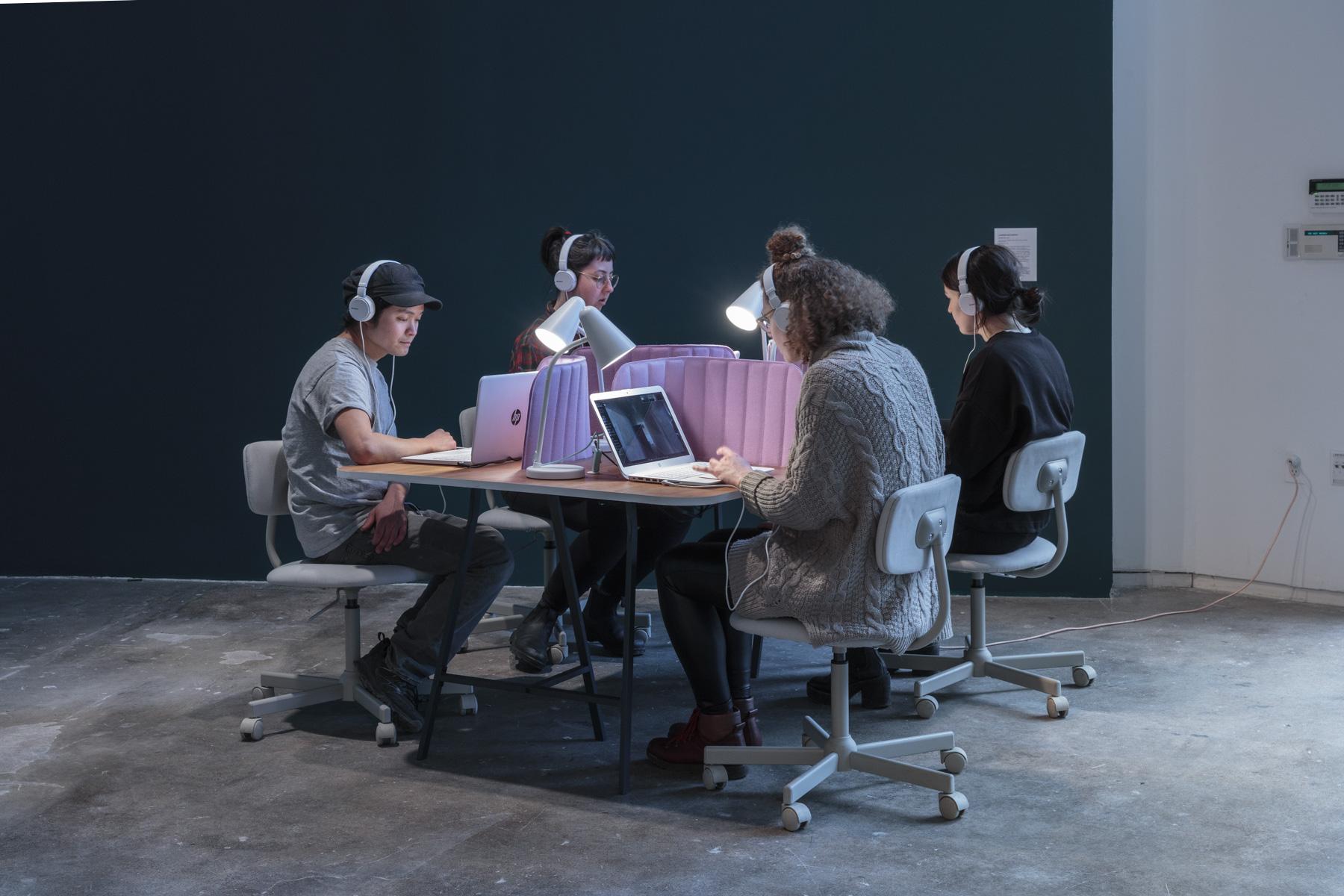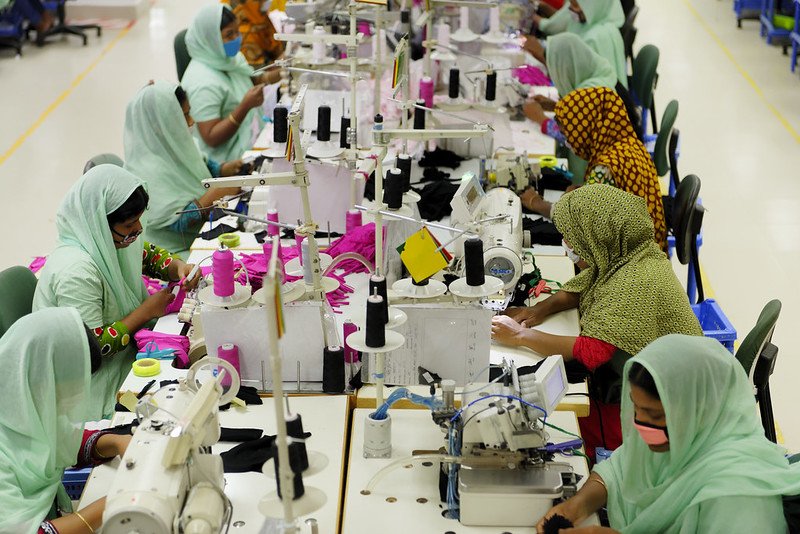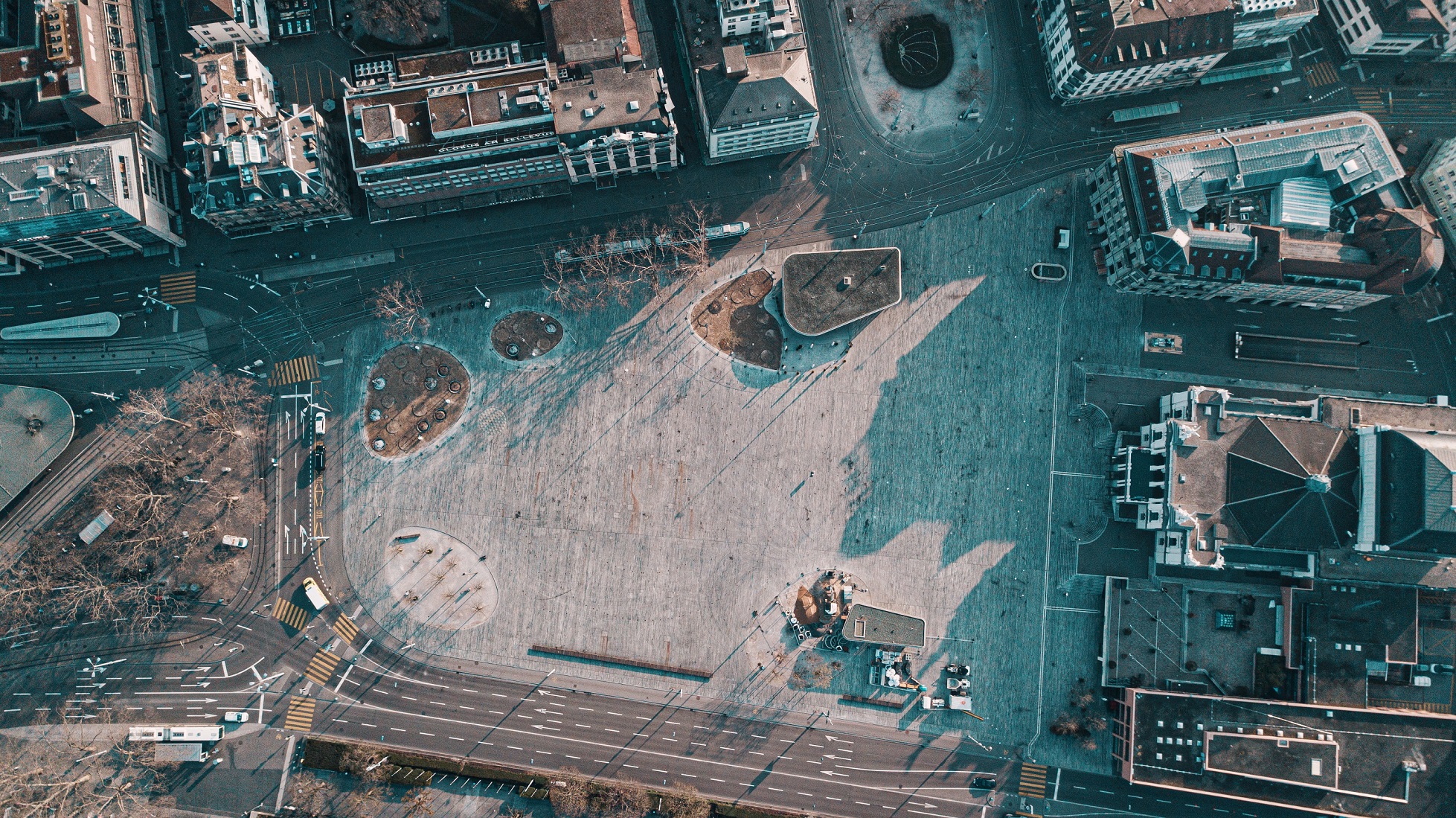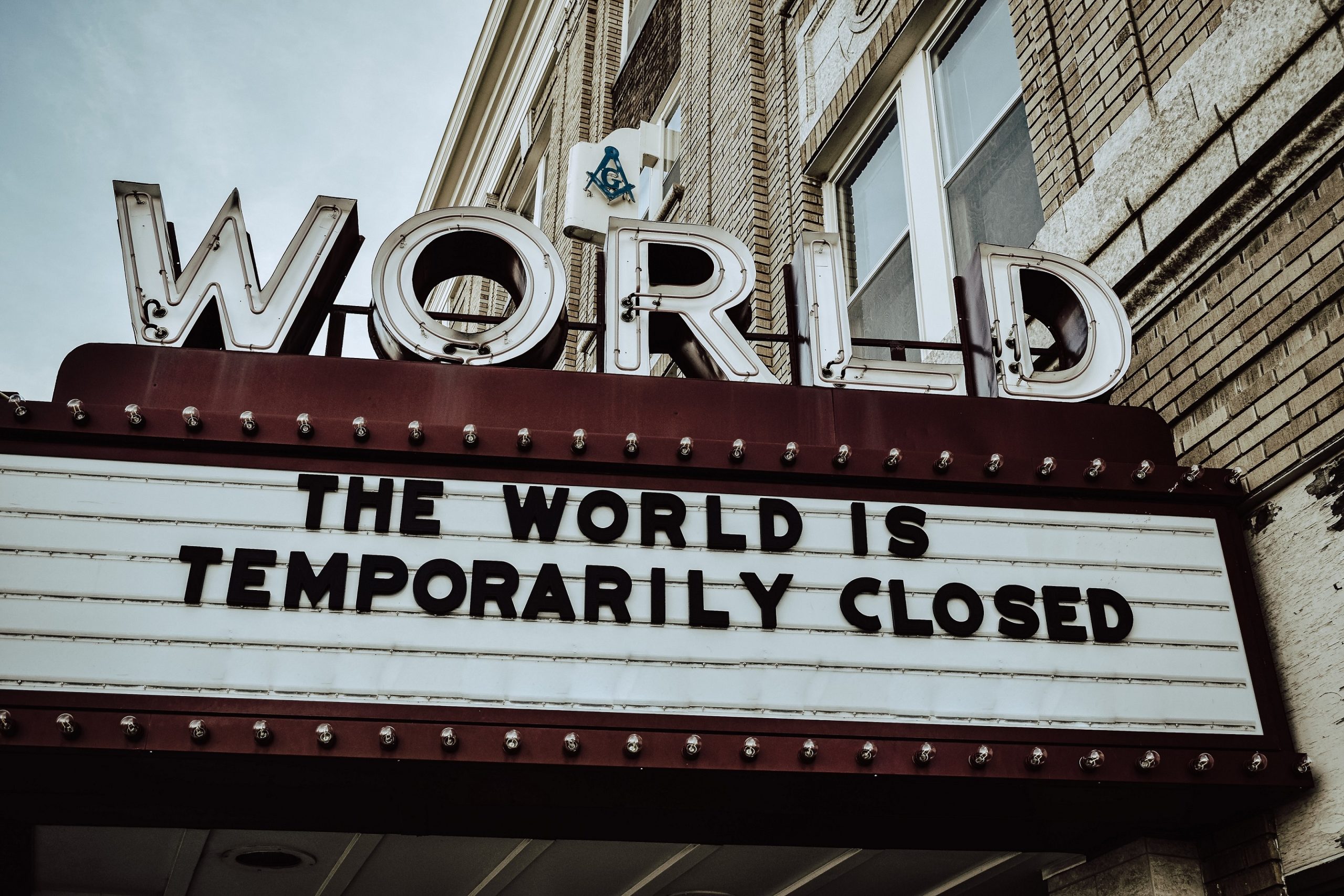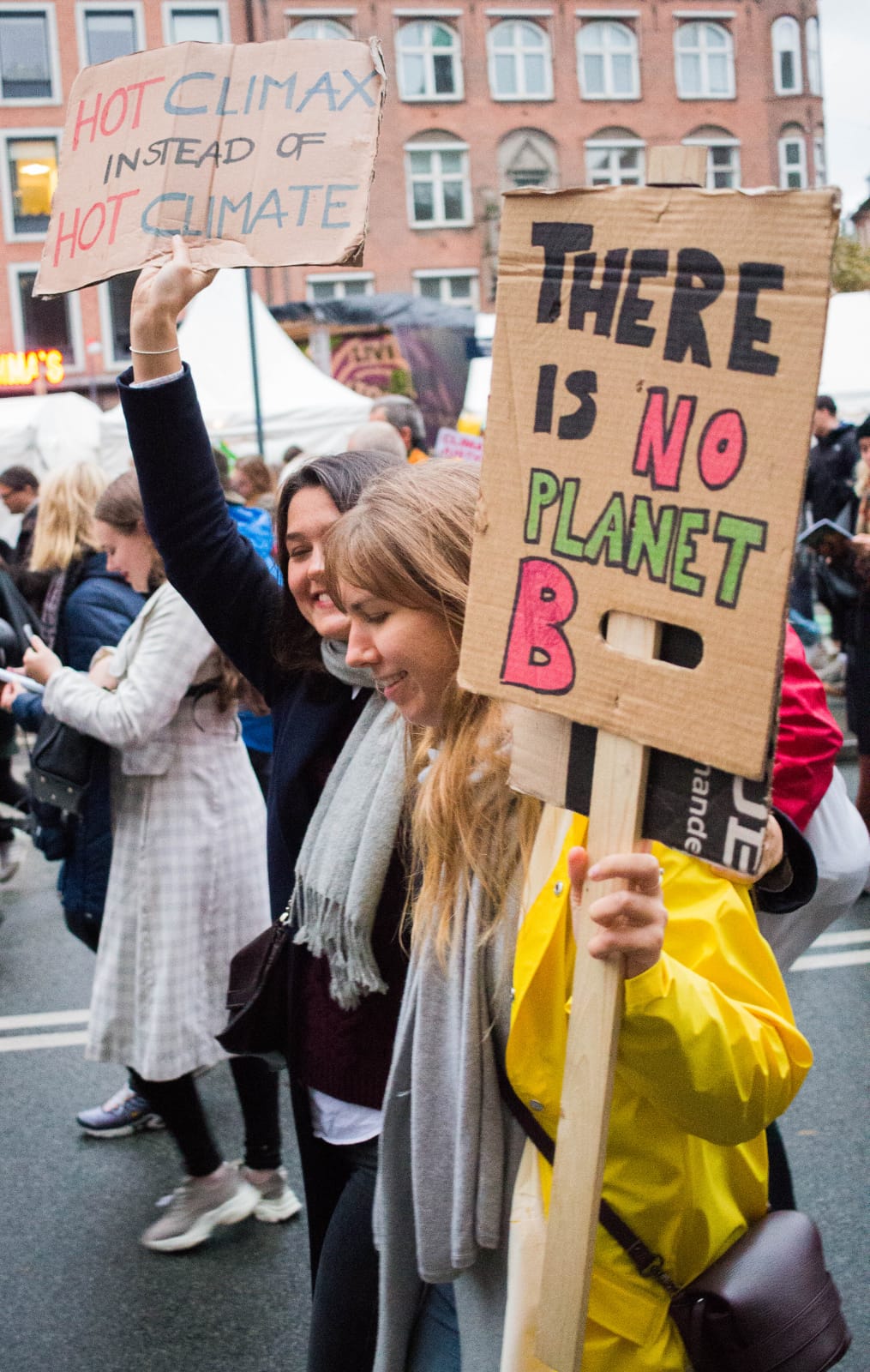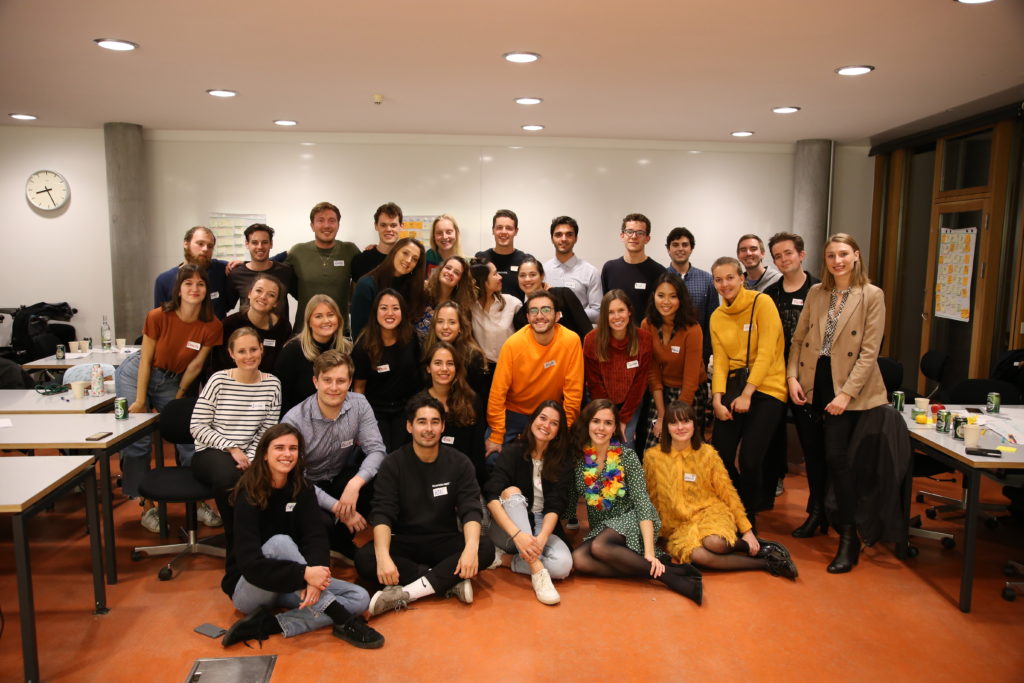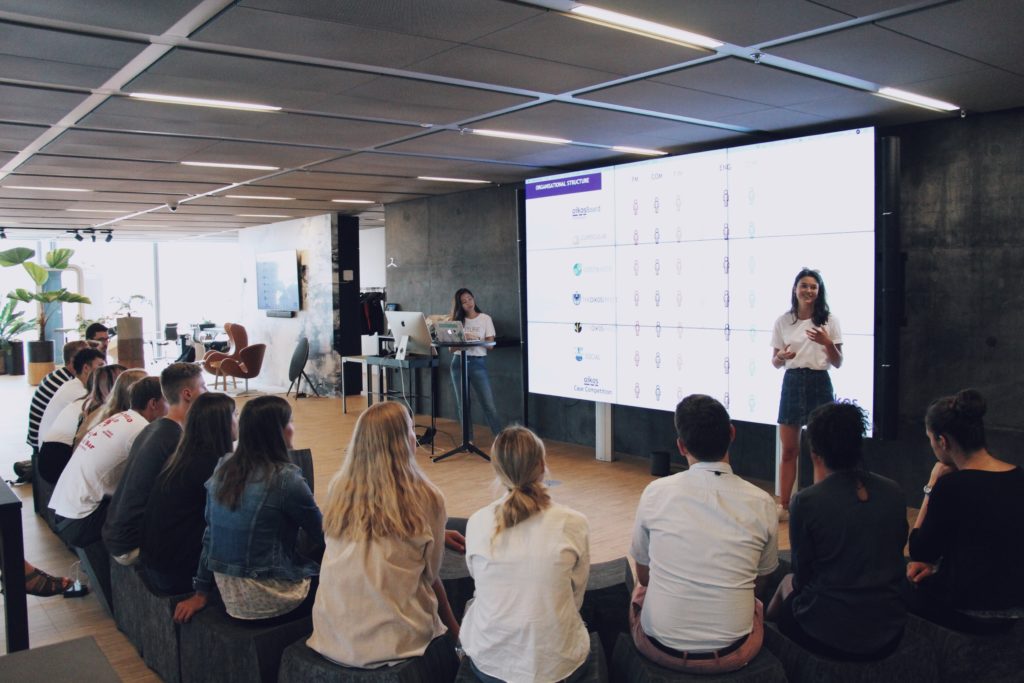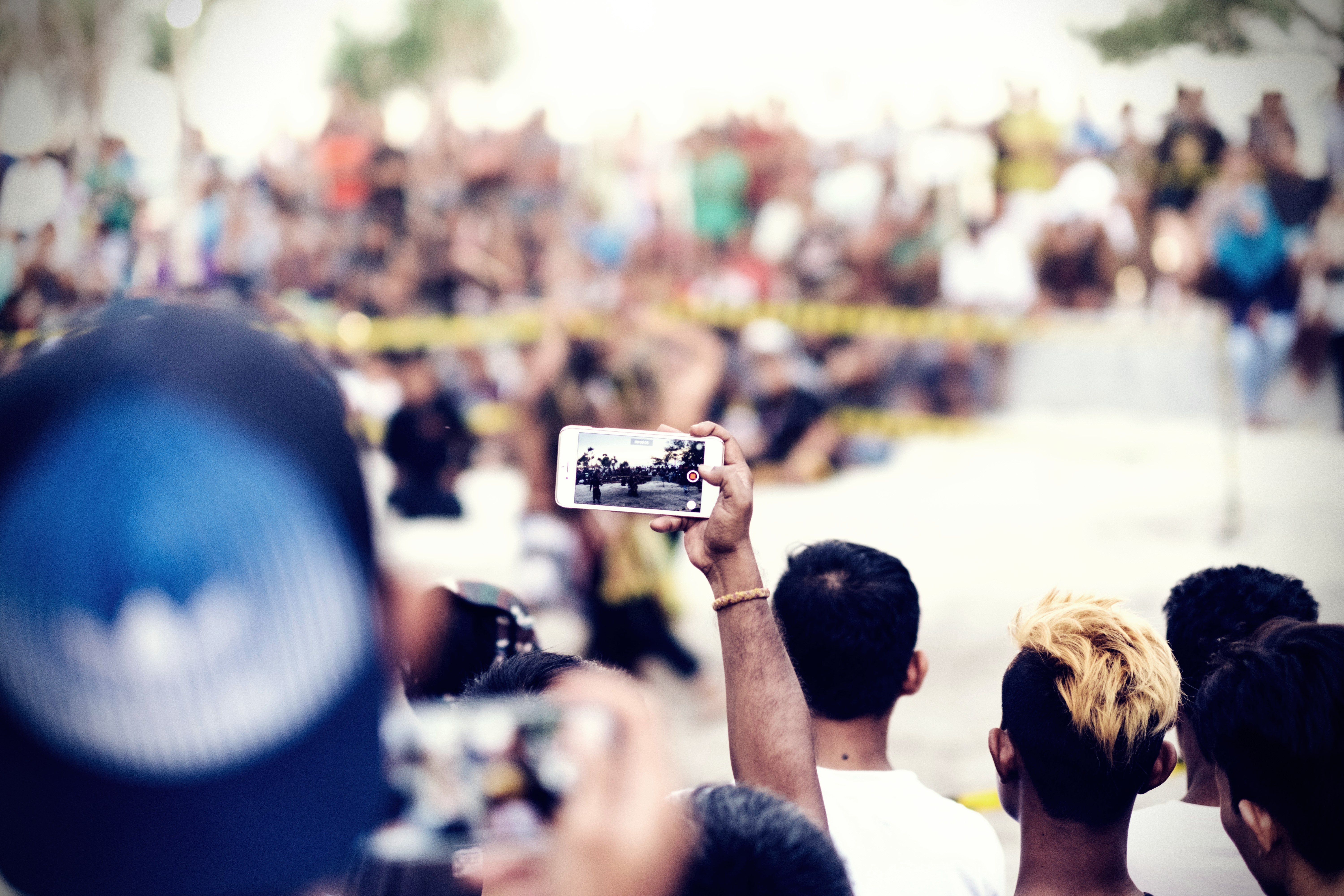By John Robinson, University of Toronto
We often hear the argument that, given the urgency of climate change and sustainability concerns, significant changes to individual behaviours and lifestyles are required. This has led to a wide array of public education and climate literacy campaigns aimed at changing such behaviours. In this blog, I will argue that some fairly strong research findings suggest that such campaigns are of limited value in influencing behaviour change, and moreover that focusing on changes in individual behaviours may be distracting us from much more significant possible steps.
There are many models of behaviour change in the literature, and of the relationships among values, attitudes, intentions and behaviours. It is probably fair to say that many of the most influential conceptualizations of behaviour change assume that most individual behaviours are the result of some form of conscious decision-making about desirable outcomes based in turn on some assessment of the consequences of different courses of action. [1]
On this view, people act in environmentally irresponsible ways because they lack the information they need to make better decisions. Such an ‘information deficit’ model leads in turn to what we might call a persuasive communication approach to stimulating behavior change, which assumes that providing more information as to those consequences, through information provision, educational programs, and science and climate change literacy campaigns, will lead to better and more environmentally responsible decision-making [2].
Unfortunately, the relevant research on the relationship between information and behaviour shows that persuasive communication approaches based on an information deficit model are not only ineffective in changing behaviours in the desired direction [3], but may in fact have perverse consequences.
Studies of the relationship between knowledge and attitudes have found that increased science literacy does not lead people to become more concerned about climate change, but on the contrary, actually increases polarization on this issue[4]. It seems that educating people on the science of climate change, or other sustainability problems, will not lead them to change their views on the problem itself, but instead may further reinforce their prior position.
In fact there is evidence from many fields of study, going back multiple decades, that information is only weakly connected to behaviour change. Studies of the effectiveness of energy efficiency programs [5], research in health promotion[6], or community-based social marketing[7], over many decades have all reached similar findings. So widespread are these findings that it can be said, in the words of my colleague David Maggs that:
The best evidence that information does not change behaviour is that we have decades of evidence in multiple fields that it does not do so, yet we continue to create and implement pubic education campaigns intended to change individual behaviour.
While this is bad enough, the problem gets worse.
It turns out that it is not clear that changing individual consumption behaviour is the right goal anyway. A number of studies have shown that there is no significant difference in either the carbon or ecological footprint of individual who cares deeply about environmental issues and behave accordingly, and those who do not care at all and do not behave in environmentally responsible ways [8]. The reason is that the ecological and carbon footprints of individuals are determined much more by their income than by the degree to which they choose more environmentally appropriate behaviours such as recycling or buying sustainable products.
So we seem to be in a depressing circumstance: information and literacy programs won’t change behaviour; moreover, it wouldn’t much matter, in term of overall environmental impact, if they did.
But rather than ignoring this evidence and intensifying our efforts to educate people into sustainability, or else throwing up our hands and retreating into apathy, perhaps a more fruitful approach is to reframe the original questions and ask whether a different approach altogether might be useful, on both these questions.
With regard to information provision, instead of a persuasive communication approach, it might be more useful to take what we might call an emergent dialogue approach [9]. Instead of assuming that we know the right answers and we have to get those answers into the heads of our audience, perhaps we need to listen as much as we speak, and to find two-way approaches to dialogue in order to co-create narratives with citizens that describe our circumstances in ways that are more faithful to the disparate views and values of different groups and that thereby offer the possibility of finding common ground on controversial societal problems.
The goal switches from a focus on changing behaviours to a focus on trying to create shared narratives, in order to better inform collective decision-making processes, and to foster social mobilization in support of policy change.
With regard to individual behaviour change, perhaps we need to rethink our ideas about change itself. As long as sustainability requires change, then it is fragile because human activities and practices will often snap back to prior unsustainable normals. Instead, we need to normalize sustainable practices, so that they become the default, not the required change [10]. In this connection, it might be useful to move from a focus on conscious individual behaviour and pay more attention to more collective processes of activity. There has been an upsurge of work on social practice theory approaches to human activity, which suggests that much of that activity is unconscious and collective, connected to social processes and relationships, and social and cultural norms [11]. Can a focus on collective social practices lead us towards processes of normalization of sustainability?
Following this line of thought, it is not about encouraging behaviour change instead of technological change, but of exploring how the overall socio-technical system itself, including powerful social norms, influences and is influenced by individual choices and actions, including political demands or support for changes in collective decisions. Perhaps we need to try to create ‘virtuous cascades’ 12 of positive normative change and identify leverage points that will allow us to foster and encourage more sustainable outcomes. Trying to convince people to change their lifestyles in the absence of change in the overall system will be ineffective and may even work against larger system change.
About the author
John Robinson is a Professor at the Munk School of Global Affairs and Public Policy and the School of the Environment at the University of Toronto. He is also an Adjunct Professor at Copenhagen Business School. His research focuses on the intersection of climate change mitigation, adaptation and sustainability; the use of visualization, modelling and citizen engagement to explore sustainable futures; sustainable buildings and urban design; the role of the university in contributing to sustainability; creating partnerships for sustainability with non-academic partners; the history and philosophy of sustainability; and, generally, the intersection of sustainability, social and technological change, ways of thinking, and community engagement processes.
References
[1] E.g. see Ajzen, I. (1991). The theory of planned behavior. Organizational Behaviour and Human Decision Processes, 50(2), 179-211
[2] Masud, M.M., Al-Amin, A.Q., Junsheng, H., Ahmed, F., Yahaya, S.R., Akhtar, R., & Banna, H. (2016). Climate change issue and theory of planned behaviour: relationship by empirical evidence. Journal of Cleaner Production, 113, 613-623. See the discussion in Kollmuss, A., & Agyeman, J. (2002). Mind the Gap: Why Do People Act Environmentally and What are the Barriers to Pro-Environmental Behaviour? Environmental Education Research, 8(3): 239-260.
[3] See, for example, Kollmuss & Agyeman, op. cit.; Sheeran, P., & Webb, T.L. (2016). The Intention-Behaviour Gap. Social and Personality Psychology Compass, 10(9), 503-518; Ungar, S. (1994). Apples and oranges: probing the attitude-behaviour relationship for the environment. Canadian Review of Sociology, 31(3); Steg, L., Perlaviciute, G., & van der Werff, E. (2015). Understanding the human dimensions of a sustainable energy transition. Frontiers in Psychology, 6; Owens, S. 2000. `Engaging the public’: information and deliberation in environmental policy, Environment and Planning A, 32, pages 1141-1148; Shove, E. 2010. Beyond the ABC: climate change policy and theories of social change, Environment and Planning A, 42, 1273-1285.
[4] Kahan et al, (2012) The polarizing impact of science literacy and numeracy on perceived climate change risks, Nature Climate Change, 2(10), pp.732-735; Drummond, C., & Fischhoff, B. (2017). Individuals with greater science literacy and education have more polarized beliefs on controversial science topics, Proceedings of the National Academy of Sciences, 114(36), 9587-9592.
[5] Stern, P. C. 1986. “Blind spots in policy analysis: What economics doesn’t say about energy use.” Journal of Policy Analysis and Management, 5(2), 200-227; Hirst, E. (1990). Progress and Potential in Evaluating Energy Efficiency Programs. Evaluation Review, 14(2), 192–205; Robinson. J. (1991). “The proof of the pudding: Making energy efficiency work.” Energy Policy, 19(7), 631-645; Abrahamse, W., Steg, L., Vlek, C., & Rothengatter, T. (2005). A review of intervention studies aimed at household energy conservation. Journal of environmental psychology, 25(3), 273-291.
[6] Green, L. W., & Kreuter, M. W. (1993). Health promotion planning: An educational and ecological approach. McGraw-Hill
[7] McKenzie-Mohr, D. (2011). Fostering sustainable behavior: An introduction to community-based social marketing. New society publishers.
[8] Csutora, M., 2012. One more awareness gap? The behaviour–impact gap problem. Journal of Consumer Policy, 35(1), pp.145-163; Tabi, A., (2013). Does pro-environmental behavior affect carbon emissions. Energy Policy, 63, pp.972-981; Moser, S., & Kleinhückelkotten, S. (2018). Good intents, but low impacts: diverging importance of motivational and socioeconomic determinants explaining pro-environmental behavior, energy use, and carbon footprint. Environment and Behavior, 50(6), 626-656.
[9] Robinson, J. (2004) “Squaring the Circle: Some thoughts on the idea of sustainable development”, Ecological Economics, 48(4): 369-384; Antle, A. N., & Robinson, J. (2011). Procedural Rhetoric Meets Emergent Dialogue: Interdisciplinary perspectives on persuasion and behavior change in serious games for sustainability; Bendor, R., Lyons, S. H., & Robinson, J. (2012). What’s there not to ‘like’? sustainability deliberations on facebook. JeDEM-eJournal of eDemocracy and Open Government, 4(1), 67-88; Maggs, D. and Robinson, J. (2016) “Recalibrating the Anthropocene: Sustainability in an Imaginary World”, Environmental Philosophy, 13(2), 175-194; Robinson, J. and Cole, R. (2015) Theoretical underpinnings of regenerative sustainability, Building Research & Information, 43(2), 133-143; Westerhoff, L. and Robinson, J. (2013) “’Practicing’ narratives: exploring the meaning and materiality of climate change”, Proceedings of Transformation in a Changing Climate, June 19-21, 2013.
[10] John Robinson, “Normalizing Sustainability: from behavior change to metamorphosis”, Keynote Presentation at IST2019: Accelerating sustainability transitions: Building visions, unlocking pathways, navigating conflicts, Ottawa, Jun 25 2019
[11] Gram-Hanssen, K. & Georg S. 2017. Energy performance gaps: promises, people, practices, Building Research and Information 46(1), 1-9; Strengers, Y., & Maller, C. (Eds.). (2014). Social practices, intervention and sustainability: Beyond behaviour change. Routledge; Shove, E., Pantzar, M., & Watson, M. (2012). The Dynamics of Social Practice. London, UK: SAGE Publications; Hargreaves, T. (2011). Practice-ing behaviour change: Applying social practice theory to pro-environmental behaviour change. Journal of consumer culture, 11(1), 79-99; Reckwitz, A. (2002). Toward a theory of social practices: A development in culturalist theorizing. European journal of social theory, 5(2), 243-263.
[12] Homer-Dixon, T. Coronavirus will change the world. It might also lead to a better future. The Globe and Mail, Mar 5, 2020 https://www.theglobeandmail.com/opinion/article-the-coronavirus-is-a-collective-problem-that-requires-global/
Photo by Francesco Gallarotti on Unsplash

